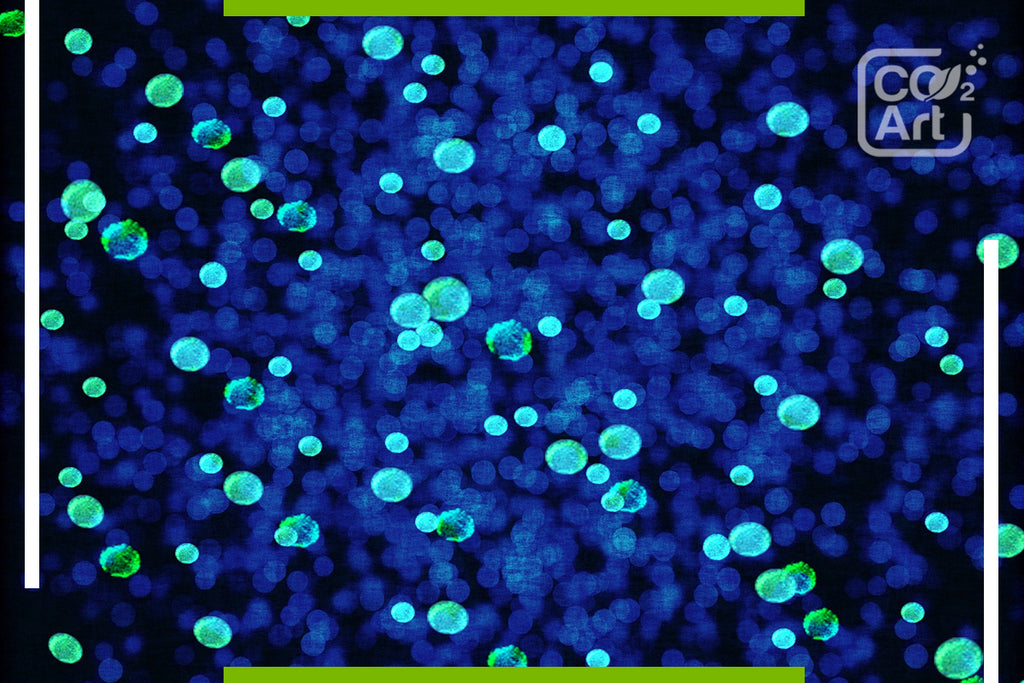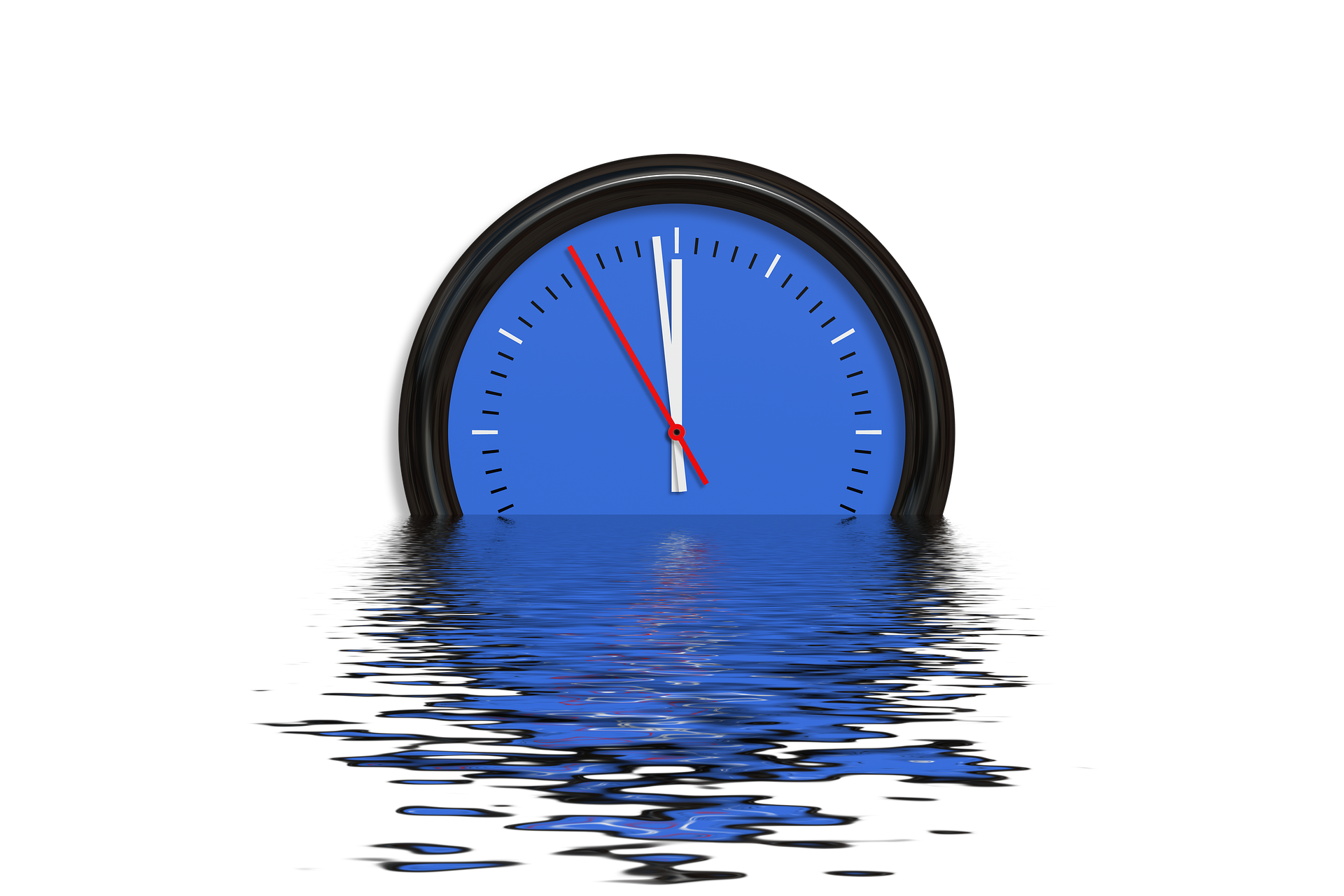How Long Does It Take To Cycle A Tank?
One of the vital aspects of owning an aquarium is understanding the aquarium cycle. This concept plays a crucial role in maintaining the health and well-being of your aquatic pets. For newbies and even some experienced aquarium enthusiasts, this topic raises a frequently asked question: how long to cycle a tank?

What is Aquarium Cycling?
Aquarium cycling, often referred to as the aquarium nitrogen cycle, is the process that nature uses to break down toxic waste products in your tank, transforming them into less harmful substances. Fish produce waste, which if left unchecked, can be harmful or even lethal to them. Thankfully, this waste (ammonia) is consumed by beneficial bacteria in your tank, which convert it into nitrite (still harmful), and then into nitrate (less harmful and easily removed). This process is the core of your tank's biological filtration system and is crucial for maintaining a healthy environment for your aquatic inhabitants.
The Process of Cycling a Tank
When setting up a new aquarium, it's vital to give the tank time to establish a thriving nitrifying bacteria colony capable of handling the waste produced by your fish. This phase is what we refer to when we discuss tank cycles. In essence, cycling a tank involves setting up conditions that allow these beneficial bacteria to grow and flourish, eventually reaching a balance with the amount of waste produced in the tank.
The cycling process begins as soon as you introduce organic material into your tank, whether it's a piece of fish food, a small amount of ammonia, or even a hardy fish (although the last method, known as "fish-in cycling", is less preferred due to the potential stress and harm it can cause to the fish).
Beneficial bacteria then begin to colonize your tank, starting with those that convert toxic ammonia into nitrite. Next, a different set of bacteria that convert nitrite into nitrate will colonize. Both of these steps are vital to establishing the nitrogen cycle in your aquarium.

How Long Does it Take?
The time it takes to fully cycle a tank can vary significantly depending on several factors, including the size of the tank, the methods used to introduce bacteria, and the temperature of the water. However, as a general rule, most tanks will cycle in approximately 2-6 weeks. The initial stage, converting ammonia to nitrite, usually takes anywhere from a few days to a week. The second stage, converting nitrite to nitrate, can take an additional week or two.
One thing to note is that the growth of these beneficial bacteria is not linear but exponential. The colonies may take a while to establish themselves, but once they do, their numbers will increase rapidly until they reach a point of stability.
The Aquarium Cycle Timeline
In understanding the aquarium cycle timeline, patience is indeed a virtue. During the first week, you'll introduce a source of ammonia to kickstart the cycle. By the end of this week, ammonia levels should spike, signaling the beginning of the cycling process.
In the second week, nitrite levels should begin to rise as nitrite-producing bacteria start to multiply. Ammonia levels should start to fall, indicating that ammonia is being converted into nitrites.

By the third week, nitrate levels should start to rise as nitrite is converted into nitrate. Nitrite and ammonia levels should begin to fall. By the end of the fourth week or into the fifth week, ammonia and nitrite levels should reach zero, indicating that your tank is fully cycled.
Keep in mind that this is a general timeline, and actual times may vary. Testing your water regularly throughout the process will provide the most accurate assessment of your tank's cycle status.
Conclusion
Cycling the aquarium is one of the first and most critical steps to setting up a healthy and stable environment for your fish. Understanding and carefully managing the cycling process can make the difference between a thriving, balanced ecosystem and a problematic, unhealthy tank.
Although the timeline may seem long and the process tedious, bear in mind that patience and attentiveness are vital to ensure the well-being of your aquatic pets. One cannot hurry the cycle, for nature moves at its own pace. While it may be tempting to rush and introduce your fish into their new home, the wait will be worthwhile when you see them happily swimming and thriving in a well-cycled aquarium.
Moreover, the knowledge you gain from the process can be a springboard for exploring more about aquarium care and maintenance. The more you understand the biology of your tank, the better equipped you'll be to troubleshoot potential issues, adapt to changing conditions, and ensure the continued success of your aquarium.
Even after the initial cycling process, the nitrogen cycle will continue to play a vital role in your tank's health. Regular water testing and changes, as well as attentive care, can help maintain a balanced aquarium nitrogen cycle.
The question of how long to cycle a tank has a somewhat complex answer. It depends on various factors, but the essential point to remember is the importance of the process itself. Cycling is not a step to be rushed or overlooked but rather a fundamental building block for a thriving aquarium.
In conclusion, starting an aquarium is more than merely setting up a tank with water and fish. It involves understanding and appreciating the delicate balance of nature within your very home. By respecting the aquarium cycle timeline and allowing the beneficial bacteria to establish and multiply, you set the stage for a healthy, vibrant underwater world for your aquatic pets to enjoy.
In the end, the careful practice of patience and diligent care during your tank's cycle process will reward you with a thriving aquatic ecosystem that not only adds aesthetic value to your space but also serves as a testament to your dedication to the well-being of your aquatic friends. After all, a well-cycled tank is the first step towards a happy and healthy aquarium.
A well-cycled aquarium not only represents the physical space your fish live in but also mirrors the balanced, interconnected cycles of the natural world. This cycle, when well maintained and respected, leads to a healthy, vibrant environment that will captivate, educate, and inspire for years to come.
Any questions? Our customer service is always ready to answer them! Contact us directly via support@co2art.us!



